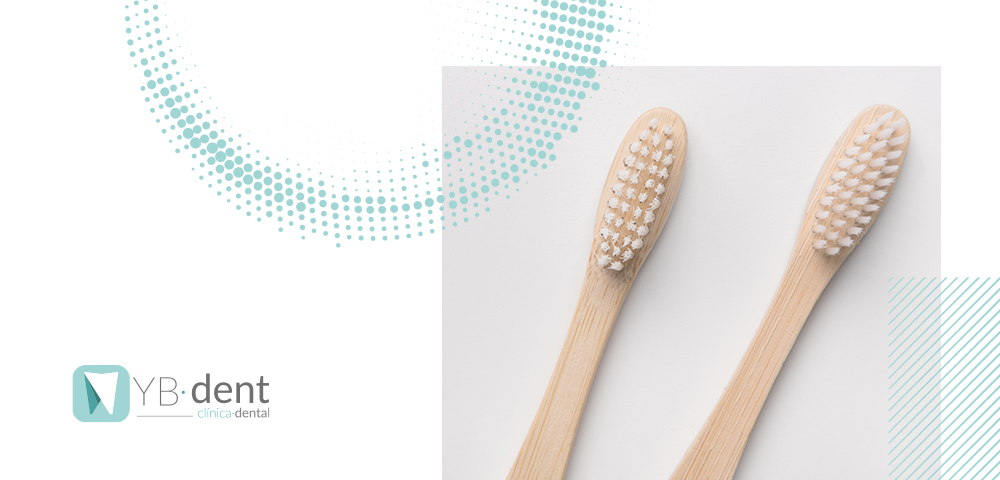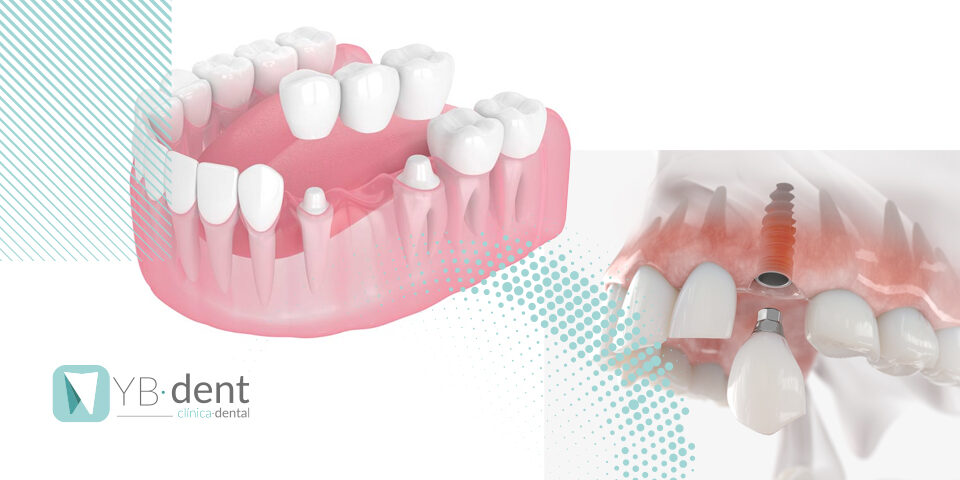¿Son recomendables los cepillos de dientes de bambú?

Tras la creciente preocupación por el medio ambiente, cada vez aumentan más las alternativas eco-friendly, para reducir aquellos materiales que son tan nocivos, como por ejemplo, el elevado uso de plástico. Es por ello que la gente usa cada vez más los cepillos de dientes de bambú. Hoy vamos a hablar de sus características y beneficios para nuestra salud bucodental.
Ventajas y desventajas de los cepillos de dientes de bambú
- Ventajas de los cepillos de dientes de bambú
En primer lugar la ventaja más visible a simple vista, es que estos cepillos están hechos de bambú, para que así sean biodegradables y se reduzcan los desechos de plástico. Los cepillos de dientes de plástico, al estar hechos a base nylon no pueden reciclarse, y por ello, muchos acaban en el fondo del océano.
El bambú es un material conocido por ser un antimicrobiano natural, por ello es menos propenso a crear bacterias.
Las cerdas de los cepillos, suelen estar hechas de carbón en lugar de plástico, por tanto también son biodegradables, además de ser más suaves y finas. Los cepillos de dientes de bambú también suelen venderse también en cajas biodegradables para no generar ningún residuo tóxico
Con su uso continuo reducimos el riesgo de acumulación de partículas de plástico en nuestro organismo. Cada vez se encuentran más alternativas en el mercado, así que resulta más fácil colaborar con el medio ambiente.
- Desventajas de los cepillos de dientes de bambú
Por lo general suelen ser más caros que los cepillos de dientes habituales debido a los materiales con los que se fabrican, y además tienes que cambiarlos más frecuentemente.
Puede existir publicidad engañosa, por ello, si quieres un cepillo 100% eco, debes asegurarte de que el cepillo que compras es completamente biodegradable, porque algunos solo lo son parcialmente.
Los diseños no suelen ser demasiado atractivos ni ergonómicos, pero como cada vez se están introduciendo más alternativas, se considera una desventaja muy secundaria.
¿Necesita mantenimiento?
Al estar hechos de bambú deberían situarse en un entorno seco, por tanto no deben utilizarte capuchones para taparlos ni ponerlos en un vaso de agua ya que se acumulan más bacterias. Para limpiarlos, se puede hacer de forma similar a los cepillos de dientes habituales, pero con el uso se irán descolorando.
¿Son adecuados para la higiene bucodental?
Según las opiniones de algunos dentistas, los cepillos de dientes de bambú hechos también con cerdas de bambú, son menos higiénicos, ya que al estar hechos de materiales naturales y completamente orgánicos, son más propensos a albergar bacterias. Las cerdas de bambú podrían rallar la superficie del diente, desgastando el esmalte y puede provocar sensibilidad dental.
Por ello, afirman que lo idóneo si quieres ayudar al planeta y a la vez tener una buena higiene bucal, es utilizar un cepillo de bambú con cerdas artificiales que sean lo menos perjudiciales posibles, ya que este material es más higiénico.
¿Cómo reciclar un cepillo de dientes de bambú?
Para reciclar correctamente el cepillo de dientes de bambú es aconsejable retirar las cerdas del mango, ya que como algunas están hechas de materiales que no son biodegradables, se deberían de desechar por separado. Se pueden retirar por ejemplo con unas pinzas, y una vez separadas irán a un contenedor u otro dependiendo de su composición. El mango es más sencillo ya que al ser biodegradable puede desecharse tanto en un contenedor como en un lugar natural para que se descomponga por sí solo.
Por otro lado, se les pueda dar una segunda vida y utilizar tanto para manualidades, como para juguetes, limpiar pequeñas zonas de la casa, para el huerto o jardín, para las macotas, etc.



